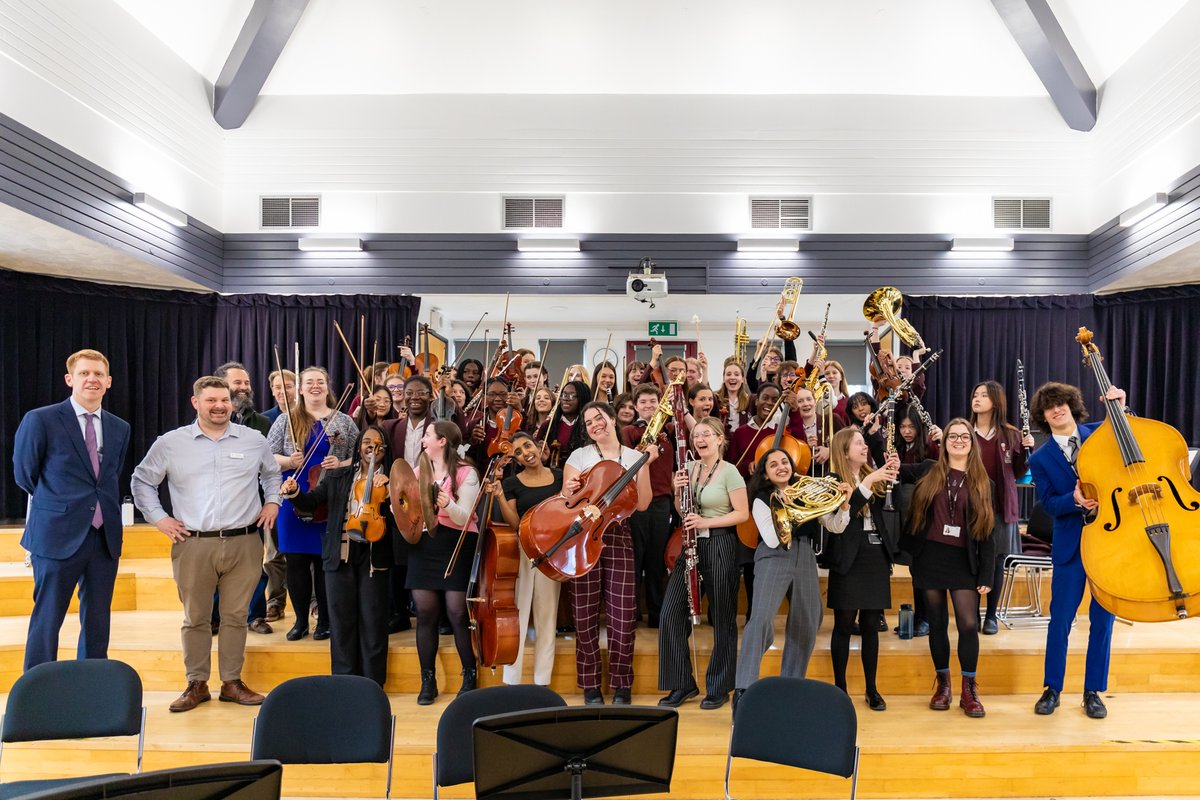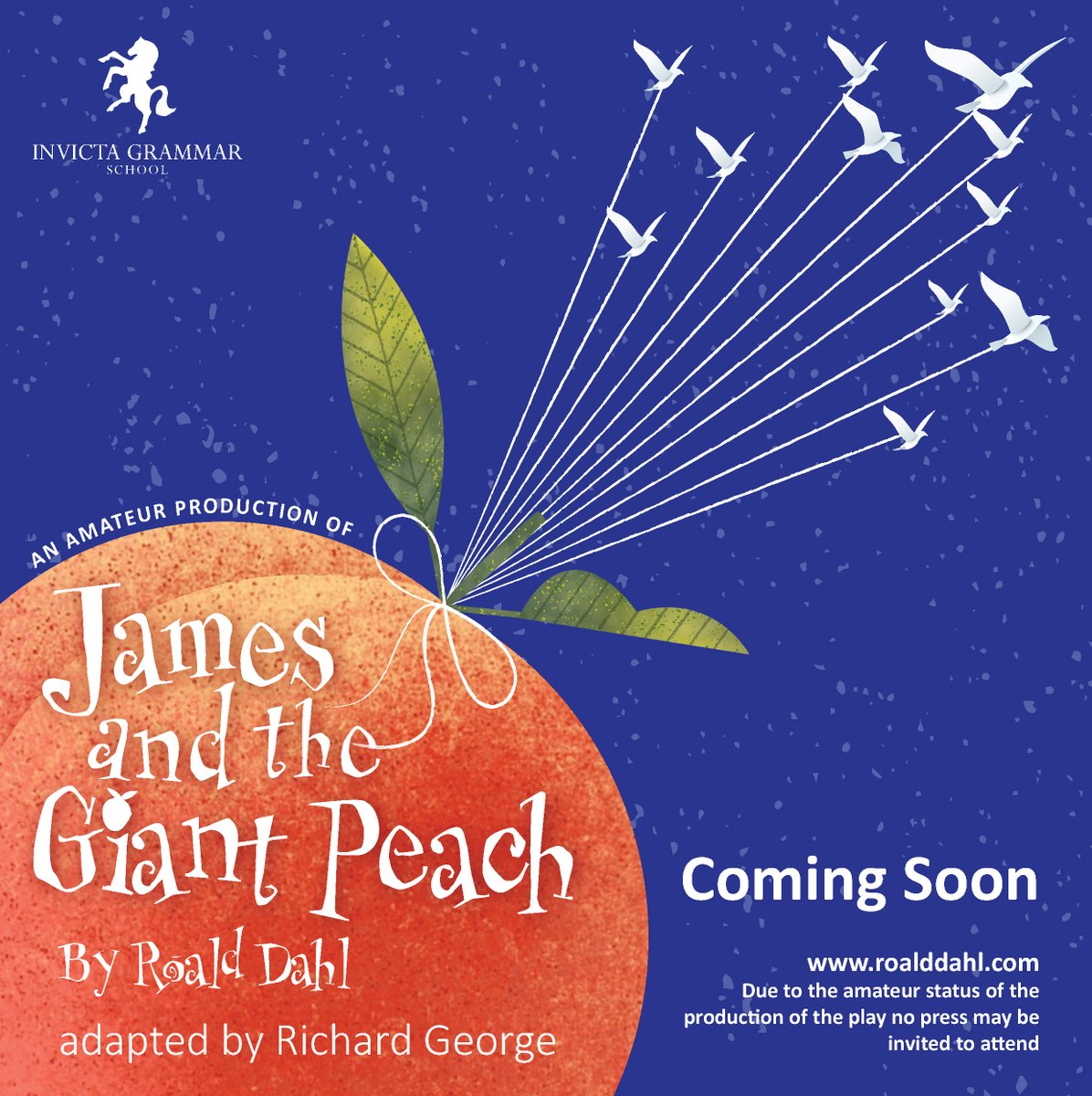Photography
 Photography students work with great independence to explore personal creative themes and interests. Teachers and students work in collaboration, through regular individual tutorials, to develop ideas and to experiment with methods and materials in inventive and novel ways, weaving their exploratory findings and outcomes into a broad and well-connected tapestry of interlocking ideas. Students are encouraged to challenge themselves to work ambitiously in order to pioneer their own unique and personal creative enquiry.
Photography students work with great independence to explore personal creative themes and interests. Teachers and students work in collaboration, through regular individual tutorials, to develop ideas and to experiment with methods and materials in inventive and novel ways, weaving their exploratory findings and outcomes into a broad and well-connected tapestry of interlocking ideas. Students are encouraged to challenge themselves to work ambitiously in order to pioneer their own unique and personal creative enquiry.
Cross fertilisation of ideas and multi-disciplinary working is extremely beneficial for creativity. Photography students are encouraged to work together as a creative team, and to collaborate with students of other Arts disciplines, in order to support each other in generating ideas.
Students benefit from excellent facilities. We have a professional photographic studio, dark room and specialist IT suite, as well as, sublimation printing, laser cutting, CAD embroidery and 3D printing capabilities in the wider creative areas of school. Students have the opportunity to independently access facilities during lunchtimes and after school, under supervision, to progress their project work.
 Inspirational study visits and extra-curricular opportunities are peppered throughout the courses to feed students' creativity, confidence and capacity to innovate. These opportunities change each year but include study visits to exhibitions, location shoots, commission projects, leadership of creative clubs and involvement in creative collaborations across the Trust.
Inspirational study visits and extra-curricular opportunities are peppered throughout the courses to feed students' creativity, confidence and capacity to innovate. These opportunities change each year but include study visits to exhibitions, location shoots, commission projects, leadership of creative clubs and involvement in creative collaborations across the Trust.
The creative endeavours of students are exhibited across the school site and students participate in the annual summer exhibition and the online exhibition: https://www.artsteps.com/view/60e6c78c9fb08f01a9eb7013
Year 9 - Foundation Year
 Year 9 Photography students engage in a wide range of learning activities in order to form a broad and diverse foundation of knowledge and skills. Students are encouraged to explore and experiment with new techniques, materials and equipment. They are also introduced to a range of developmental techniques which they can use to fuel their creative enquiries.
Year 9 Photography students engage in a wide range of learning activities in order to form a broad and diverse foundation of knowledge and skills. Students are encouraged to explore and experiment with new techniques, materials and equipment. They are also introduced to a range of developmental techniques which they can use to fuel their creative enquiries.
The Foundation Year provides an opportunity to become familiar with a range of aspects of the subject. Students are introduced to working with a DSLR camera and begin to explore manual settings such as aperture, shutter speed and ISO. They have opportunities to experiment with a range of photographic techniques such as depth of field and fast and slow exposures; as well as becoming familiar with photographic equipment such as studio lighting set ups.
They will begin to develop their visual aesthetic, learning about composition, visual impact and balance; and also, how to develop a creative enquiry, documenting their developments within a digital sketchbook. Each lesson, students have access to a large specialist IT suite, as well as a dedicated photographic studio and dark room.
The Year 9 course features aspects of the following areas:
- Conceptual development – developing a creative line of enquiry
- Effective artist research and written analysis
- Aesthetic judgement – composition, balance, impact, framing
- Manual photography functions – Shutter speed, ISO, Aperture
- Digital image manipulation
- Manual manipulation techniques
- Basic studio lighting and studio photography
Timetable
Over a fortnightly timetable students receive:
- 4 hours of guided classroom learning
- 2 hours of guided independent homework
Key Stage 4

Throughout the GCSE Photography course, in their journey towards mastery, students broaden and build upon the skills developed within their Foundation Year. Students continue to acquire confidence in using the manual DSLR camera settings during frequent photoshoots within the studio and outdoor settings.
Students continue to learn how to effectively use photoshop, and other digital image manipulation software, to create a range of effects, as well as explore image processing techniques within the dark room using specialist equipment. Trips and workshops further enhance students' knowledge and understanding of artists and techniques to inform their own practice. Students are encouraged to develop their own independence by developing ideas based on their individual interests. Regular one-to-one tutorials with teachers enable students to progress and develop their work into exciting and thought provoking personal creative enquiries.
Exam board: AQA
- 2 units. Coursework 60%. Exam project 40%.
- Controlled assessment to be completed at the end of Year 11 (10 hours)
The GCSE course features aspects of the following areas:
- Conceptual development – developing a creative line of enquiry
- Effective artist research and written analysis
- Aesthetic judgement – composition, balance, impact, framing
- Intermediate manual photography functions – Shutter speed, ISO, Aperture
- Digital image manipulation
- Manual manipulation techniques
- Studio lighting and working with natural light
- Location shooting and working with models
- Projection and experimentation with light trails
- Contact printing methods – photograms, cyanotype and lumen prints
- Realising creative intentions and presenting a personal response
Timetable
Over a fortnightly timetable, students receive:
- 5 hours of guided classroom learning
- 2 hours of guided independent homework
Key Stage 5
 The Photography A Level starts with a range of experimental image making techniques and rapidly evolves into a unique and personal enquiry that each individual student builds and directs for themselves. The course introduces new methods and techniques through a range of skills workshops which allows students to explore and apply them in their own unique way. Teachers work closely with students to introduce and demonstrate ideas and techniques on a one-to-one or small group basis so that the learning experience is fluid and highly personalised for each student. Study visits and extra-curricular workshops and opportunities are offered throughout the course to inspire and excite students’ creative appetites.
The Photography A Level starts with a range of experimental image making techniques and rapidly evolves into a unique and personal enquiry that each individual student builds and directs for themselves. The course introduces new methods and techniques through a range of skills workshops which allows students to explore and apply them in their own unique way. Teachers work closely with students to introduce and demonstrate ideas and techniques on a one-to-one or small group basis so that the learning experience is fluid and highly personalised for each student. Study visits and extra-curricular workshops and opportunities are offered throughout the course to inspire and excite students’ creative appetites.
By the second year of A Level, students work with complete confidence and independence masterfully directing their investigations and identifying unique creative opportunities. The facilities in school support ambitious creative intentions, and students are encouraged to access the specialist equipment in the wider creative disciplines in order to further extend their enquiries. The course culminates in a 15 hour practical examination where students realise their creative intentions and produce their exciting and often highly ambitious personal outcomes.
Exam board: AQA
- 2 units. Coursework 60%. Exam project 40%.
- Controlled assessment to be completed at the end of Year 13 (15 hours)
The A Level course features aspects of the following areas:
- Conceptual development - developing a creative line of enquiry
- Effective artist research and written analysis
- Aesthetic judgement - composition, balance, impact, framing
- Advanced manual photography functions
- Digital image manipulation of still and moving image
- Manual manipulation techniques
- Studio lighting and working with natural light
- Location shooting and working with models
- Projection and experimentation with light (including black light)
- Experimental dark room approaches to image-making
- Contact printing methods - photograms, cyanotype and lumen prints
- Dark room processing - developing 35mm film and prints
- Realising creative intentions and presenting a personal response
Timetable
Over a fortnightly timetable students receive:
- 8 hours of guided classroom learning
- 10 hours of guided independent homework
Enrichment and Extra Curricular
Further reading for A Level:
- Nelson Thornes GCE Art & Design Handbook
Enrichment and Extra Curricular
To Read
- Creative Review https://www.creativereview.co.uk/
- Ehrlich, R (1990) Tony Ray-Jones: A Retrospective View, Manchester, Cornerhouse Publications
- Parr, M & Walker, I (1997) The Last Resort: Photographs of New Brighton, London, Dewi Lewis Publishing
- Beaumont, N & Sobieszek, R (1974) One Mind's Eye: The Portraits and Other Photographs of Arnold Newman, David R Godine Publishers
- Evans, W (1985) Walker Evans at Work, London, Harper Collins
- Eggleston, W (1992) William Eggleston: Ancient and Modern, New York, Random House
- Kruger, M (2003) Candida Hofer: A Monograph, London, Thames and Hudson
To Watch
- What’s the Purpose of a Photograph? https://www.ted.com/talks/yip_michaela_what_s_the_purpose_of_a_photograph
- Why Art Education is important https://www.youtube.com/watch?v=vKjkx6PzajE
- Creativity test https://www.youtube.com/watch?v=aH2ll5bwpKw
To Listen
- Creative Pep Talk http://www.creativepeptalk.com/
- Only Artists – https://www.bbc.co.uk/sounds/brand/b08ltbhl
- Bow Down: Women in Art - https://frieze.libsyn.com
- Talk Art - https://podcasts.apple.com/us/podcast/talk-art/id1439567112
To Research
- TED Discover Photography https://www.ted.com/topics/photography
- TED Discover Art https://www.ted.com/topics/art
- Museum of Modern Art https://www.moma.org/
- Art Institute https://www.artinstitutes.edu/about/blog/must-listen-podcasts-for-creative-arts-students
To Visit
- The Photographers Gallery
- Tate Modern
- Tate Britain
- Victoria and Albert Museum
- Saatchi Gallery
- Turner Contemporary
- National Gallery
- National Portrait Gallery
Careers
We have a wealth of information on our Careers page - Please click here to visit.

















































